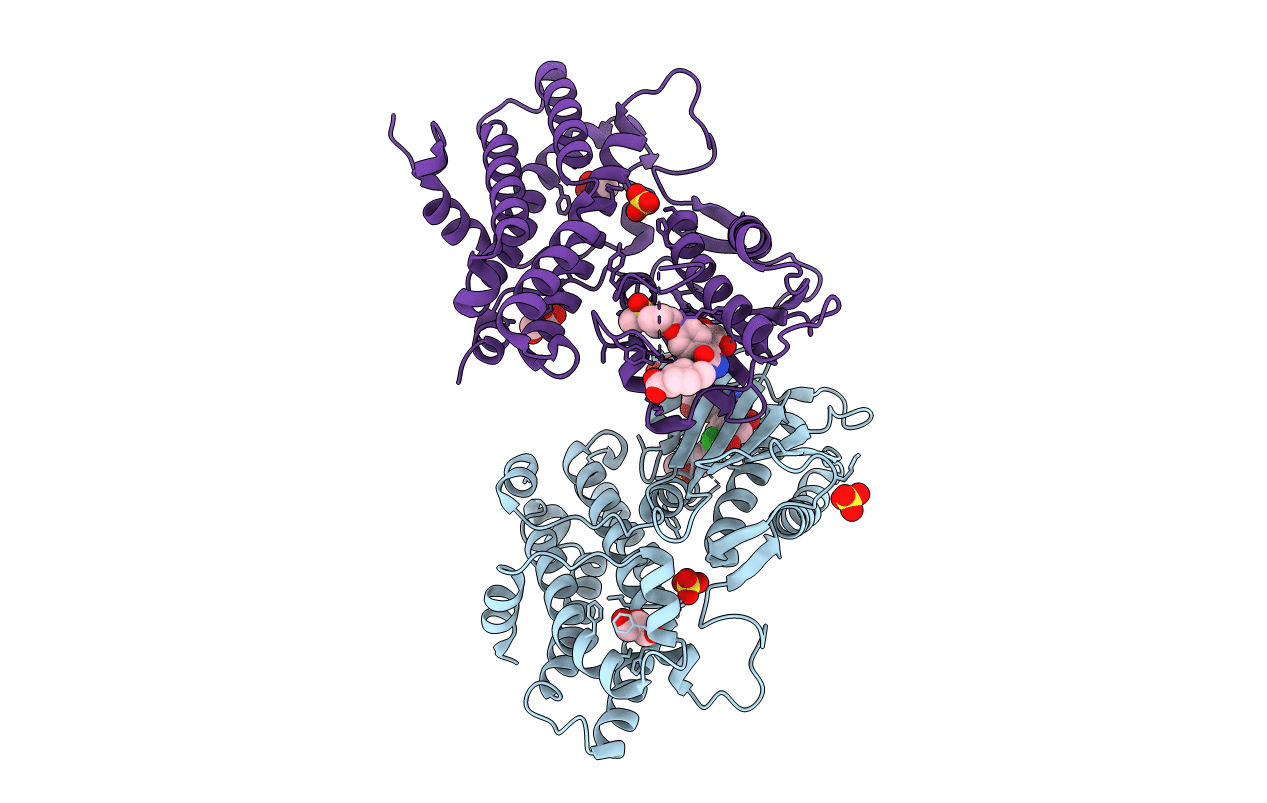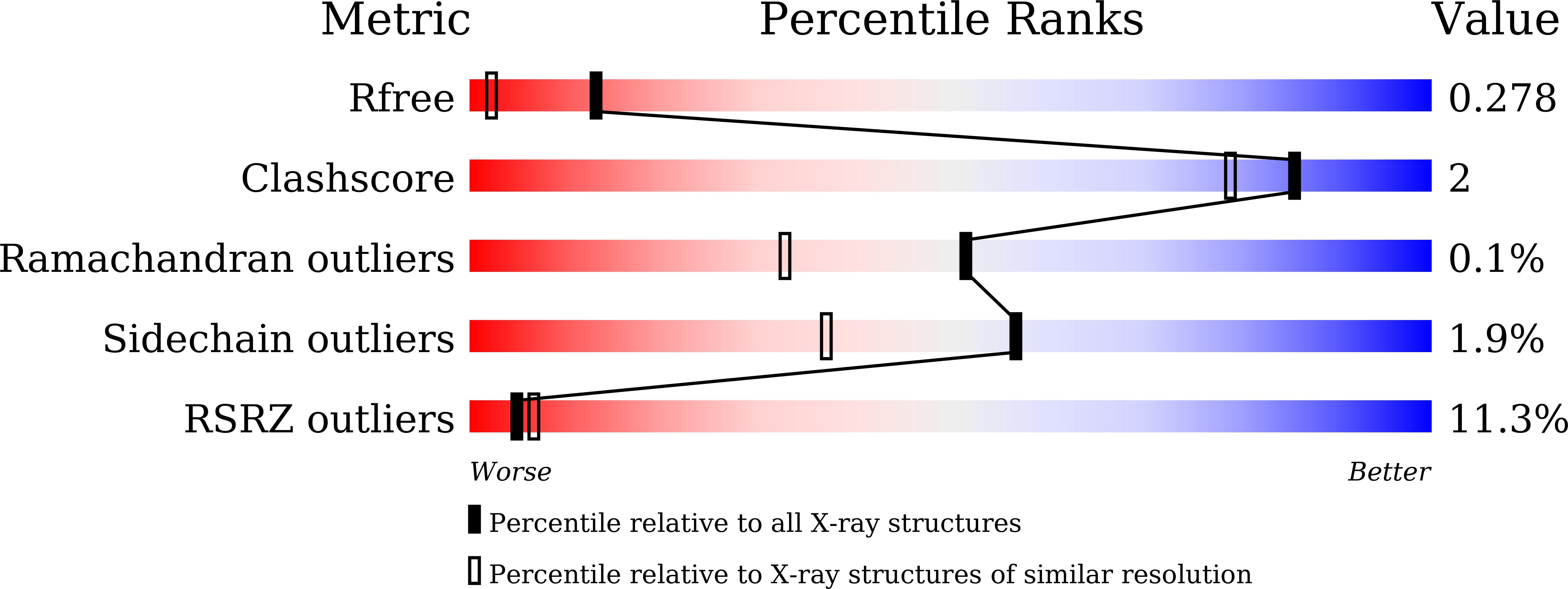
Deposition Date
2019-12-12
Release Date
2020-09-30
Last Version Date
2023-11-22
Method Details:
Experimental Method:
Resolution:
1.76 Å
R-Value Free:
0.26
R-Value Work:
0.23
R-Value Observed:
0.23
Space Group:
P 21 21 21


